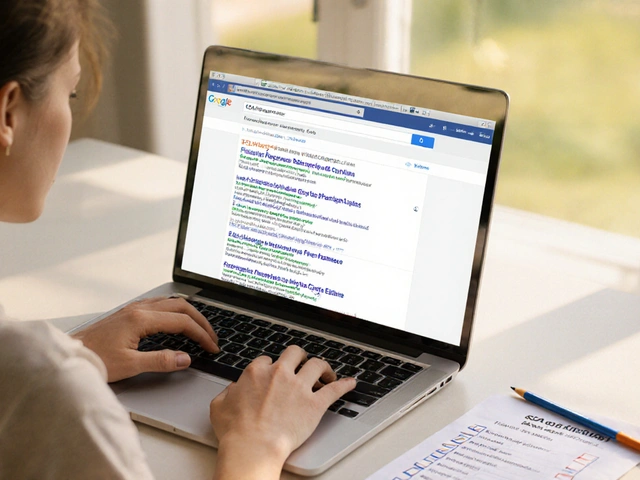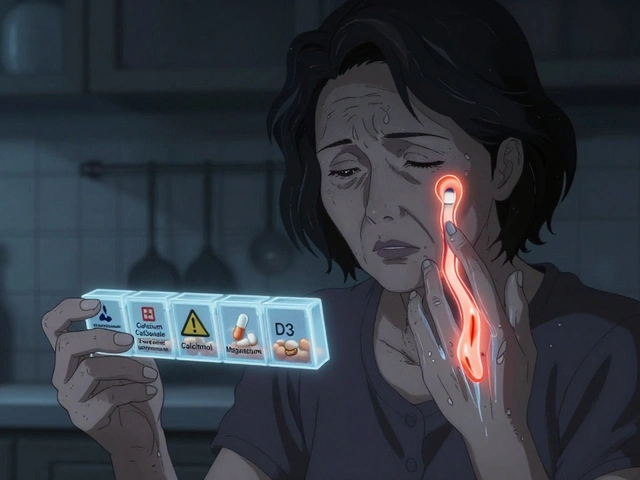Dyskinesias: What They Are and How to Handle Them
Ever felt sudden jerks or uncontrollable movements that just won’t stop? That’s a dyskinesia – a movement disorder where muscles contract involuntarily. It can show up as twitches, writhing motions, or even facial grimacing. While it sounds scary, most people can learn to recognize the signs early and work with their doctor to keep it under control.
Common Triggers and Risk Factors
The biggest culprits are medicines that affect dopamine in the brain. Antipsychotics such as haloperidol or risperidone, and Parkinson’s drugs like levodopa, often lead to dyskinesias after weeks or months of use. Age matters too – older adults tend to develop them faster, especially if they’re on high doses. Genetics play a role; some folks inherit a higher sensitivity to dopamine‑blocking agents.
Other triggers include severe stress, alcohol withdrawal, and certain metabolic disorders. If you notice new muscle twitches after starting or changing a prescription, flag it right away. Early detection helps prevent the movements from getting worse.
Managing Dyskinesias in Everyday Life
First step: talk to your prescriber. Often doctors can lower the dose, switch to a medication with fewer movement side effects, or add a drug that balances dopamine levels. Physical therapy is another strong tool – targeted exercises improve muscle control and reduce the intensity of involuntary movements.
For chronic cases, treatments like deep‑brain stimulation (DBS) have shown solid results, especially in Parkinson’s‑related dyskinesia. If surgery isn’t an option, some patients find relief with supplements such as magnesium or vitamin B6, though you should always discuss these with a healthcare professional.
Day‑to‑day tips can make life smoother: schedule regular breaks during tasks that require steady hands, use adaptive utensils for eating, and keep stress levels low through breathing exercises or meditation. Keeping a symptom diary helps track what worsens the movements – be it caffeine, lack of sleep, or a specific medication dose.
Remember, dyskinesias are manageable. By staying informed, adjusting treatment plans promptly, and incorporating supportive therapies, you can keep these unwanted movements from taking over your daily routine.
Dyskinesias and Biofeedback: A Promising Treatment Option
Dyskinesias often complicate life for those affected, causing involuntary movements that can disrupt daily activities. Biofeedback has emerged as a promising treatment option, offering individuals a way to regain control. By focusing on monitoring real-time processes within the body, biofeedback allows patients to improve voluntary control over certain physiological functions. This approach might seem techy, but it's becoming more accessible for many. Discover how this method could offer relief and improve quality of life.
About
Health and Medicine
Latest Posts


Art Therapy’s Impact on Treating Bulimia Nervosa
By Orion Kingsworth Sep 29, 2025

Hypoparathyroidism: How to Manage Low Calcium and Vitamin D Effectively
By Orion Kingsworth Dec 5, 2025

Buy Cheap Generic Ativan Online: Safe Tips & Price Guide
By Orion Kingsworth Jul 28, 2025

